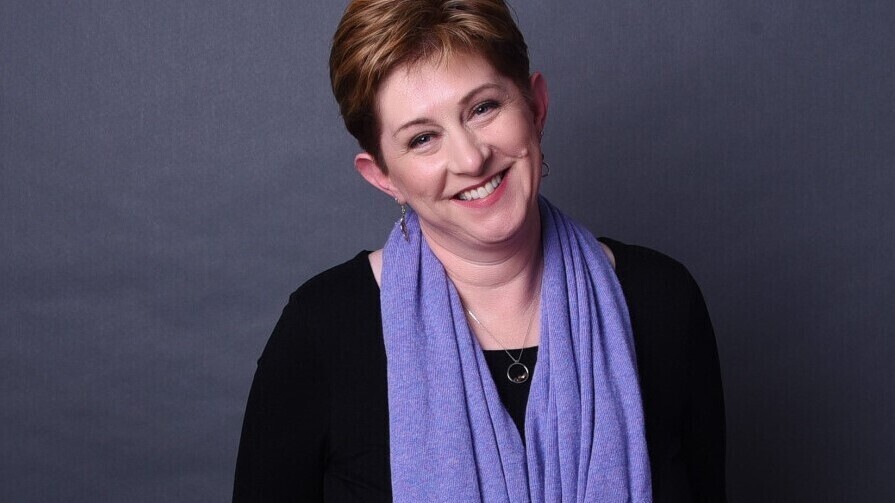
Exclusive: Carbon Neutral Royalty’s CEO on offsets as part of any net zero strategy
Net Zero Investor discusses with CNR chief Luke Leslie why asset owners should pressure companies to include carbon offsets in their net zero approach
Last month, the Carbon Neutral Royalty (CNR), a relatively new capital vehicle financing and supporting high-integrity decarbonisation projects, closed its latest financing, which included a C$25 million commitment from North American investment giant Beedie Investments.
As the CNR speeds up its fundraising efforts and its initiative seems to be gaining momentum among asset owners and managers on both sides of the Atlantic, Net Zero Investor caught its CEO, Luke Leslie.
Firstly, let's look at the broader issue, why do you think investors should push corporates to use carbon offsets as part of their decarbonisation strategies?
A portion of global emissions are ‘hard-to-abate’, which means these emissions are either prohibitively costly or impossible to reduce with current technology. This is where carbon credits come in. By offsetting their residual emissions using high-quality carbon credits, corporates can achieve Net Zero in accordance with the SBTi mitigation hierarchy.
Most carbon crediting programs also generate tangible co-benefits that support the advancement of the United Nations Sustainable Development Goals (SDGs), particularly in the global south, so corporates can simultaneously support broader initiatives of their choice by investing in the VCM.
Many are calling for increased regulation around offsets and the VCM in general, do you support more guidance and tighter regulation in this space?
We need regulation for the market to grow. Regulation can provide clear quality parameters to project developers and national governments on the supply side, as well as guidance to corporate buyers and financial exchanges on the demand side. We want to see increased transparency across the entire value chain.
There has been fierce criticism of the verification processes in place around offsets. What measures do you believe need to be put in place to ensure the future of carbon offsets is high-integrity and high-transparency and does CNR currently adhere to these standards?
CNR follows widely agreed upon principles and standards to ensure that our projects deliver high-integrity credits that represent actual emissions reductions and adhere to all social and environmental safeguards. We are closely aligned with the Integrity Council for the Voluntary Carbon Market (ICVCM) and adhere to their principles at a minimum, whilst also aiming for even higher standards of integrity and transparency when conducting our own due diligence.
Corporates and private equity beginning to buy up the leading developers, which reduces the available supply for everyone else.

The VCM space, however, is still relatively small.
An issue facing the VCM is that it remains very small, and there aren’t enough high-quality projects to satisfy the coming demand. Less than 300 million tonnes of voluntary carbon credits were issued last year. As an example, Shell will need 40% of that volume every year from 2030.
Another trend we are seeing is corporates and private equity beginning to buy up the leading developers which reduces the available supply for everyone else. For companies that are concerned about securing high integrity carbon credits to meet their climate pledges, CNR is investing to create the supply they need, while also creating an enormously positive impact for communities and biodiversity.
Let's focus on your new vehicle for a second, what was the reason behind setting up Carbon Neutral Royalty?
I co-founded CNR when I was living in Mauritius, a country on the front line of climate change. The coral reefs encircling the island are unrecognisable from fifteen years ago, due to rising sea temperatures. We founded CNR to attract institutional money into projects that accelerate climate and biodiversity action.
There is a profit incentive for investors to do this through the Voluntary Carbon Markets (VCM) by selecting the best carbon assets with innovative financing structures. Solving climate change is a two-part act. After abatement, we need negative emissions projects to reach net zero. As a team we are particularly keen on nature-based solutions which can support decarbonisation and local biodiversity.
How do you claim to be different than all the other financing vehicles in the VCM?
We use deep analysis and innovative financing structures to find and finance the best in class developers. We then work with these developers to create carbon assets which can be invested in by institutional investors. We start by filtering the many carbon solution categories which have a high dispersion of returns.
Solving climate change is a two-part act. After abatement, we need negative emissions projects to reach net zero.
We focus on those that are efficient at delivering lasting environmental and social benefits. We then analyse those categories to identify the leaders of tomorrow. Finally, we enter into developer-level partnership agreements for all future projects. Scaling the best projects allows us to establish a secure and enduring carbon credit stream which can be purchased by organisations for their climate pledges.
You’ve recently completed a fundraise of C$25 million from Beedie Capital. How will you be using this money, and do you have any intentions to raise further capital in the near-term?
We have raised over $50 million in the last 12 months which we will invest in new projects in our effort to build the world’s largest, high quality carbon credit pipeline. We will be raising money on an ongoing basis to help scale the VCM.
What are your long-term growth plans?
We want to facilitate the growth plans of the leading developers in categories such as soil carbon, peatlands, biochar and reforestation and we want to see our projects being directly responsible for species being removed from the IUCN Red List of threatened species.
Also read
Why the biochar investment space is in urgent need of fresh capital
Bio
Luke Leslie is the co-founder and CEO of Carbon Neutral Royalty, as well as the founding partner and manager of Private Equity Club, a €338 million fund investing into private equity. Prior to this Leslie was a member of UBS’ corporate finance team and was a management consultant with Accenture where he co-authored a patent incorporating carbon into the so-called Forest Factory Valuation Model. Leslie is an alumnus of Edinburgh University and Harvard Business School.
Also read
CRU boss Rebecca Gordon: ‘Net zero will force investors to understand new commodity supply chains




